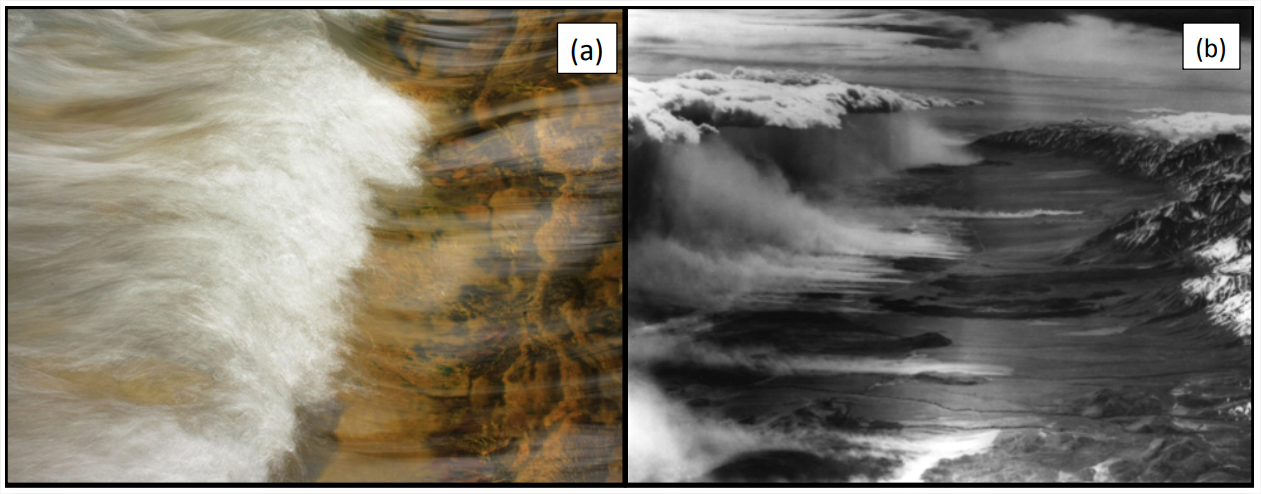9.1: Introduction
- Page ID
- 18085
\( \newcommand{\vecs}[1]{\overset { \scriptstyle \rightharpoonup} {\mathbf{#1}} } \) \( \newcommand{\vecd}[1]{\overset{-\!-\!\rightharpoonup}{\vphantom{a}\smash {#1}}} \)\(\newcommand{\id}{\mathrm{id}}\) \( \newcommand{\Span}{\mathrm{span}}\) \( \newcommand{\kernel}{\mathrm{null}\,}\) \( \newcommand{\range}{\mathrm{range}\,}\) \( \newcommand{\RealPart}{\mathrm{Re}}\) \( \newcommand{\ImaginaryPart}{\mathrm{Im}}\) \( \newcommand{\Argument}{\mathrm{Arg}}\) \( \newcommand{\norm}[1]{\| #1 \|}\) \( \newcommand{\inner}[2]{\langle #1, #2 \rangle}\) \( \newcommand{\Span}{\mathrm{span}}\) \(\newcommand{\id}{\mathrm{id}}\) \( \newcommand{\Span}{\mathrm{span}}\) \( \newcommand{\kernel}{\mathrm{null}\,}\) \( \newcommand{\range}{\mathrm{range}\,}\) \( \newcommand{\RealPart}{\mathrm{Re}}\) \( \newcommand{\ImaginaryPart}{\mathrm{Im}}\) \( \newcommand{\Argument}{\mathrm{Arg}}\) \( \newcommand{\norm}[1]{\| #1 \|}\) \( \newcommand{\inner}[2]{\langle #1, #2 \rangle}\) \( \newcommand{\Span}{\mathrm{span}}\)\(\newcommand{\AA}{\unicode[.8,0]{x212B}}\)
Our third example of the application of the Navier-Stokes equations to natural flows is hydrostatic flows over topography. These occur in many natural settings such as downslope windstorms (Figure \(\PageIndex{1}\)b), tidal ocean currents and flow over dams. They are perhaps most recognizable in the flow of a small stream over a rocky bottom (Figure \(\PageIndex{1}\)a). For this discussion, we abandon the assumption that the amplitude of the disturbance is small. Instead, we assume that the flow is in hydrostatic balance, similar to the long-wave limit discussed above.
Assumptions:
- The fluid is inviscid: \(ν\) = 0.
- The fluid is homogeneous: \(\rho = \rho_0\).
- The flow is confined to the \(x\)−\(z\) plane, so there is no dependence on \(y\) and no motion in the \(y\) direction.
- The channel width \(W\) is uniform and the walls are vertical.
- The flow has the character of gravity waves in the long-wave limit:
- The horizontal (streamwise) velocity is independent of depth: \(\vec{u}=u(x,t)\hat{e}^{(x)}\).
- The pressure is hydrostatic: \(p = \rho_0g(\eta −z)\).
Some of these assumptions will be relaxed as we go along.



